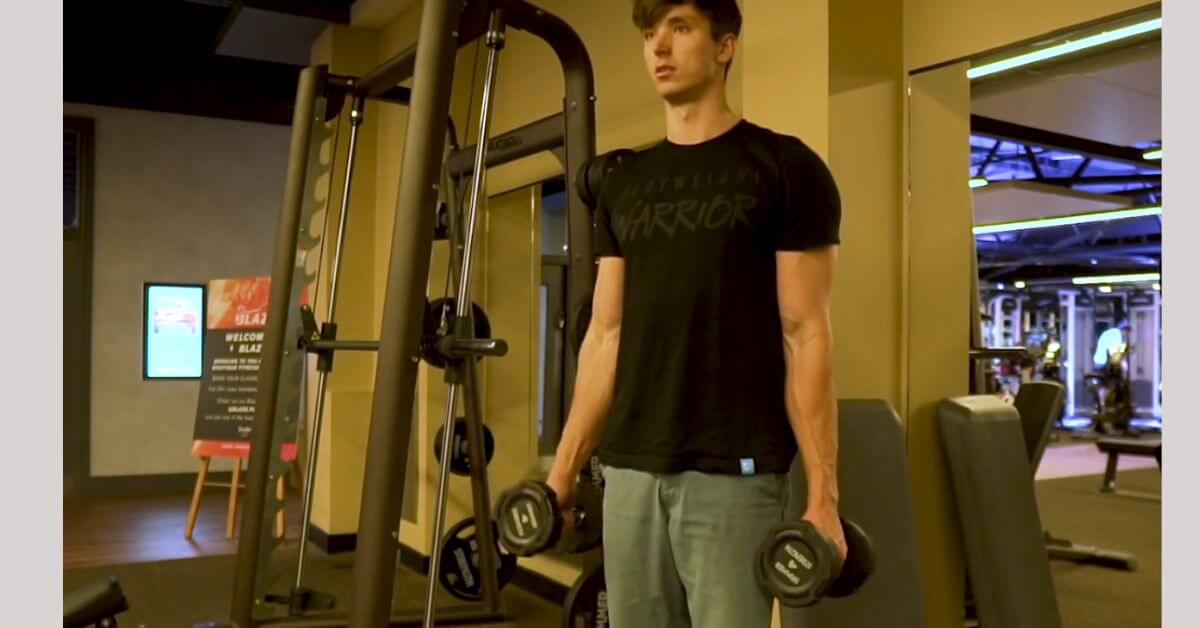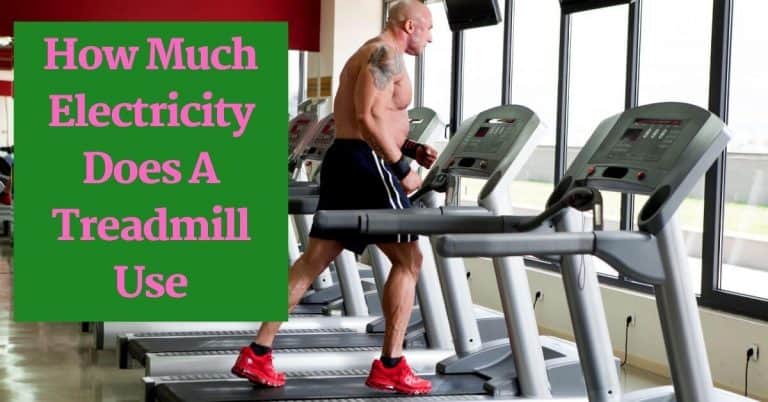Why is My Dominant Arm Smaller
Last Updated on February 24, 2024 by Justin Harris
Why is My Dominant Arm Smaller: If you’re wondering why your dominant arm is smaller, it’s completely normal to have asymmetry in muscle development. Just like how one ear or leg may be slightly different in size, one arm may naturally have less muscle growth than the other.

There can be various reasons for this, such as genetics, differing levels of physical activity, or even certain injuries that may have affected one arm more than the other. However, it’s essential to remember that having slightly uneven muscle development is nothing to worry about and is a common occurrence in the human body.
Understanding Asymmetry
Asymmetry is a common occurrence in nature, both among humans and animals. It is not unusual to find one arm slightly smaller than the other, just as one ear might be slightly bigger or one leg slightly longer. This imbalance is a result of various factors, including genetics, previous injuries or fractures, and neurogenic conditions. If you notice that one arm is bigger than the other, there are steps you can take to achieve better symmetry.
Regular exercise and a balanced diet can help reverse disuse atrophy and promote muscle growth. Additionally, seeking medical advice from professionals can help identify the underlying causes of the size difference and provide appropriate treatment options. Remember that asymmetry in the body is a natural phenomenon, and it does not necessarily indicate a health concern.
Causes Of Arm Size Discrepancy
Limb length inequality is a common cause of having a smaller dominant arm compared to the other. This can be due to a previous fracture or trauma affecting the growth of the arm. In some cases, genetic conditions or syndromes can also contribute to one arm being longer than the other.
If your dominant arm suddenly becomes weaker, it may be attributed to various factors including trauma from an injury, repetitive strain injury, nerve damage or compression in the neck or upper back, or blockage in the bloodstreams.
Additionally, having one arm skinnier than the other may be caused by disuse of muscles or neurogenic conditions. Symptoms may include a decrease in muscle mass, numbness, weakness, and tingling in the affected limb. Disuse atrophy can be reversed through exercise and a healthy diet.
In summary, arm size discrepancy is a normal occurrence as asymmetry is a natural part of human anatomy. While limb length inequality, trauma, and genetic conditions can contribute to having a smaller dominant arm, it is important to address any weakness or muscle imbalances to maintain optimal arm strength and functionality.
Symptoms Of Arm Weakness
Arm weakness can impact daily activities and limit the range of motion of your arm. Possible causes of arm weakness include:
| Injury or trauma to the arm |
|---|
| Arm weakness can be a result of a previous injury or trauma to the arm. Fractures, sprains, or other forms of trauma can lead to muscle weakness. |
| Nerve damage or compression in the neck or back |
| Nerve damage or compression in the neck or back can cause arm weakness. Conditions such as herniated discs or pinched nerves can affect the functioning of the nerves, leading to muscle weakness in the arm. |
If you are experiencing arm weakness, it is advisable to consult a healthcare professional for an accurate diagnosis and appropriate treatment plan. They can determine the underlying cause of the weakness and provide recommendations to improve muscle strength and functionality.
Muscle Atrophy And Arm Size Disparity
It is completely normal to have one arm smaller than the other due to natural asymmetry in the body. This can be caused by factors such as limited use of muscles or neurogenic conditions. Exercise and maintaining a healthy diet can help reverse muscle atrophy and promote balance in arm size.
|
It is indeed a normal situation to find one of your arms more developed than the other. Asymmetry is a big part of nature, among humans as well as animals. For example, you might notice that a person has one ear that is slightly bigger than the other or one leg that is a little longer. This discrepancy in arm size can be caused by a few factors. One of the main reasons is the disuse of muscles, leading to muscle atrophy in the smaller arm. Neurogenic conditions can also have an impact on muscle mass, resulting in one limb being smaller than the other. However, the good news is that muscle atrophy can be reversed through exercise and diet. By engaging in specific exercises that target the smaller arm and consuming a nutritious diet rich in protein, you can help restore muscle mass and achieve a more balanced arm size. |
Balancing Arm Size And Strength
It is not uncommon to have one arm smaller than the other. Asymmetry is a natural occurrence in humans and animals. Just like how one leg may be slightly longer or one ear may be bigger, arms can also differ in size. There are a few reasons why this may happen.
One reason could be limb length inequality, where one arm is shorter than the other. This can occur due to previous fractures, trauma, or genetic conditions. Another factor to consider is muscle disuse or neurogenic conditions, which can cause a decrease in muscle mass in one arm. Weakness in the arm can also be caused by nerve damage or compression, repetitive strain injuries, or blockages in bloodstreams.
If you are concerned about the size difference in your arms, targeted exercises can help address the imbalance. Additionally, seeking guidance from a professional such as a physical therapist or personal trainer can provide personalized advice and exercises to help balance arm size and strength.
Conclusion
It is completely normal for one arm to be smaller than the other. Asymmetry is a natural part of our bodies, just as it is in animals. Factors such as limb length inequality, disuse of muscles, and genetic conditions can contribute to this size difference.
It’s important to remember that everyone’s body is unique and embracing this natural asymmetry is key. Instead of worrying about the smaller arm, focus on overall strength and fitness for a well-rounded physique.
Read Also,
- Best Sauna Suit for Weight Loss [Experts Selected]
- Best Exercise Bike Under 200 – Top Selection
- Best Treadmill Under 2000 – Experts Selected
- Best Treadmill for 500 Pounds – Buying Guide!
- Best Exercise Bike Under 300 – (You Can Buy)
- Best Elliptical Under 1500 – [Top Picks & Reviews]
- Best Elliptical for Short Person – Experts Selected
- Best Rowing Machine Under 300 – [Buying Guide & Reviews]
- Best Elliptical Machine Under 500 [Top Picks & Reviews]
- Best Rowing Machine Under 500 [Top Picks & Buying Guide]






